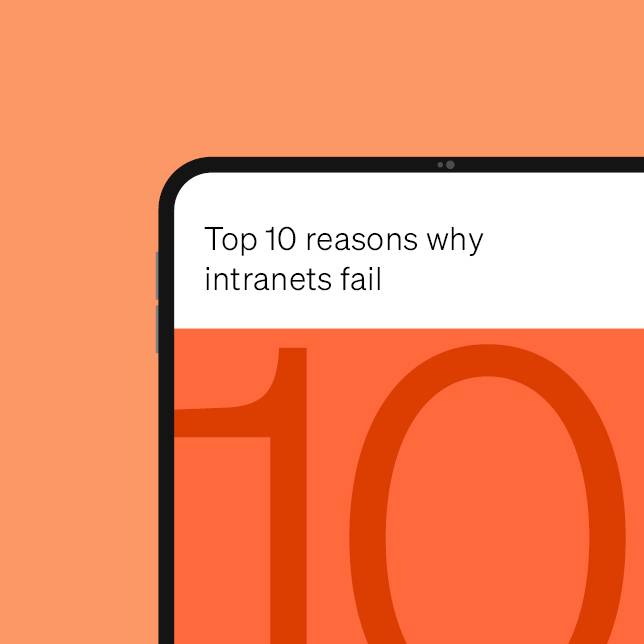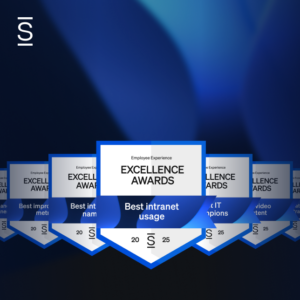A big part of internal communications planning involves managing an editorial calendar and keeping engaging content coming.
For intranets, content is king! Thus, our Intranet Content Blog Series focuses on several practical content tips organizations can use to keep employees coming back to the intranet.
According to Google Analytics, Simpplr’s most popular blog post is a piece titled What Should an Intranet Include: 10 Essential Content Ideas. This was written a few years ago, and while everything in the post is still applicable today, we’ve decided to update our perspective and add to it.
So here is a non-exhaustive list of 16 essentials for your employee intranet:
Intranet essential #1: Strategic priorities
Part of connecting employees is making sure that everyone is constantly reminded of your company’s strategy. The intranet is the perfect place to host key initiatives, sub-strategies, KPIs, and even company presentation decks (be sure to keep these updated!)
Intranet essential #2: A stated purpose
We can’t emphasize this enough: your intranet needs a purpose. We’ve done our research, and one of the reasons why intranets fail is a lack of purpose. It’s important to keep your intranet’s purpose clear and succinct so your employees understand what your intranet is for, and how to use it. KAR Auctions Services does a fantastic job of defining their intranet’s purpose. Watch the recorded webinar for inspiration.
Intranet essential #3: The steady drumbeat of your leaders’ voices
What does this mean? This means that your leadership or executive team must not only have buy-in, they also need to lead as an example for the rest of your organization. Leaders’ voices need to be heard on the intranet, whether it may be posting important company updates, congratulating employees publicly, or using the intranet to engage with employees.
Intranet essential #4: Your company’s ethos and values
This is important! Reinforcing your company’s mission and values not only strengthens company culture, but it also reinvigorates and unifies your employees. There have been many research reports that prove that company culture impacts your bottom line, including this Glassdoor report by Simpplr Research.
Here is some information architecture that one of our customers uses to guide their intranet content:
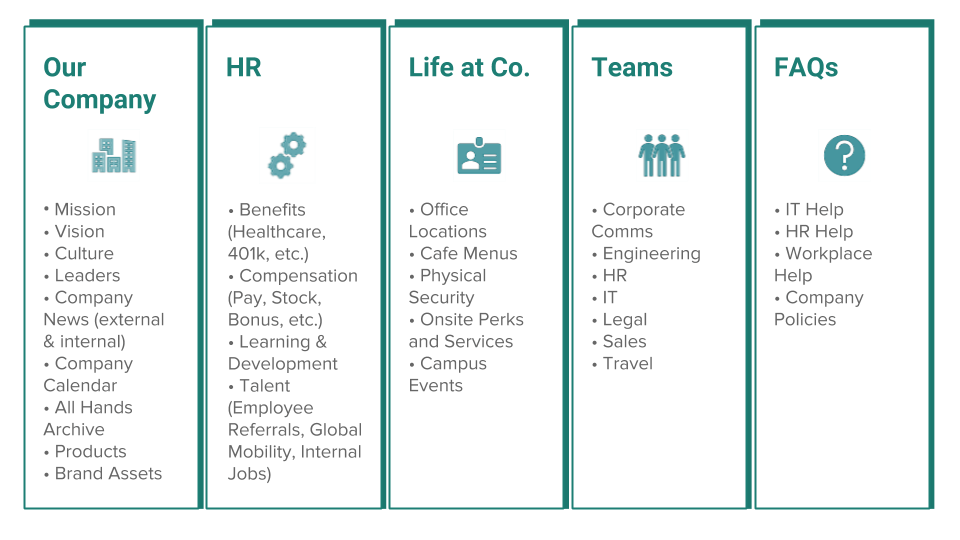
Intranet essential #5: Branding guidelines
When you share your company’s branding guidelines are shared on an intranet, the more likely your brand will maintain its identity. Make your branding guidelines easily searchable on the intranet so teams have easy access to it. If you’re in communications or marketing, what’s worse than your colleagues sharing important documents that misrepresent your brand?
Intranet essential #6: Site details specific to all of your company locations
The workplace is becoming more distributed. On average, a 500-person company has 12.5 different office locations – how can you keep important company information relevant to each of your employees? Creating a site for each location is a great way to prescribe pertinent information for your employees to read. For example, location-based sites are the perfect places to post lunch menus, local events, and train schedules.
Intranet essential #7: Updated positioning, product documentation, and services descriptions
These are just some examples of important documents that should be kept on your intranet. Create a list of documentation that more than one team may need to access, for example, product documents.
Intranet essential #8: Up-to-date policies and forms
If you were to have an intranet with bare bones, make sure to house all policies and forms on your intranet. These are documentation that every employee may need to access from time to time. More importantly, keep these updated!
Intranet essential #9: New hire onboarding sites
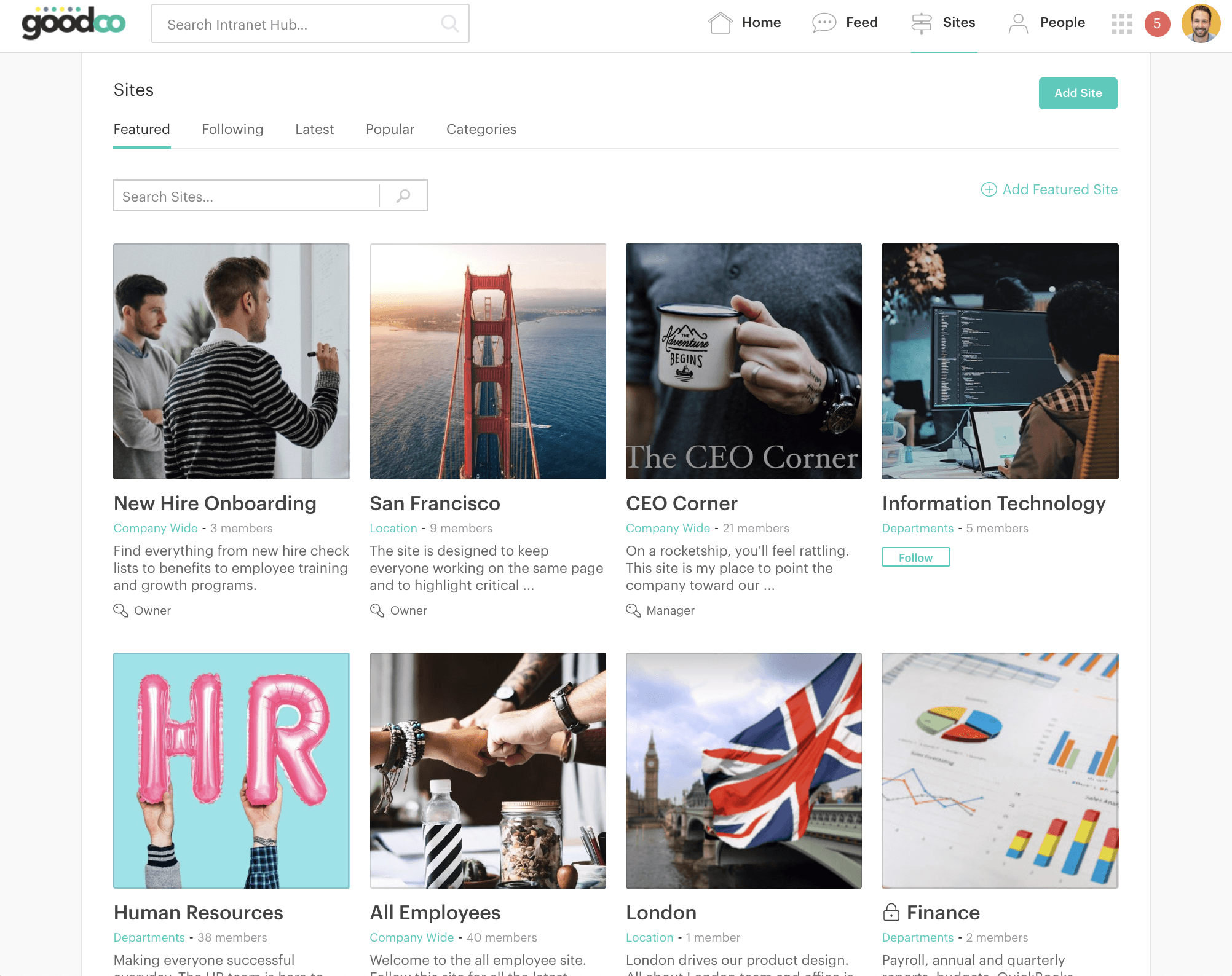
Creating a site exclusively for new hire onboarding is extremely helpful for multiple reasons. HR benefits from this since it streamlines the onboarding process, ensuring that the entire process is consistent. For new employees, onboarding steps are consolidated in one place and easy to access.
Intranet essential #10: All of that necessary HR stuff
The intranet is a fantastic place to host all the essential HR documents and policies. HR content impacts all employees, so it is crucial that you dedicate an HR site that employees can return to. The easier you make it for your employees, the more time you’ll save by not having answer the same questions repeatedly.
Intranet essential #11: Training and hows to’s for the intranet itself!
Training guides are important, including how-to’s for your employee intranet. It’s important for employees to learn how to use the intranet or else it becomes unused and stale, leading to intranet failure. FAQs, user documentation, or instructional videos can be particularly helpful for employees who are not as tech-savvy. Ideally, your intranet is easy-to-use, modern, and intuitive for rapid employee adoption and to reduce onboarding friction.
Intranet essential #12: Updated people directories
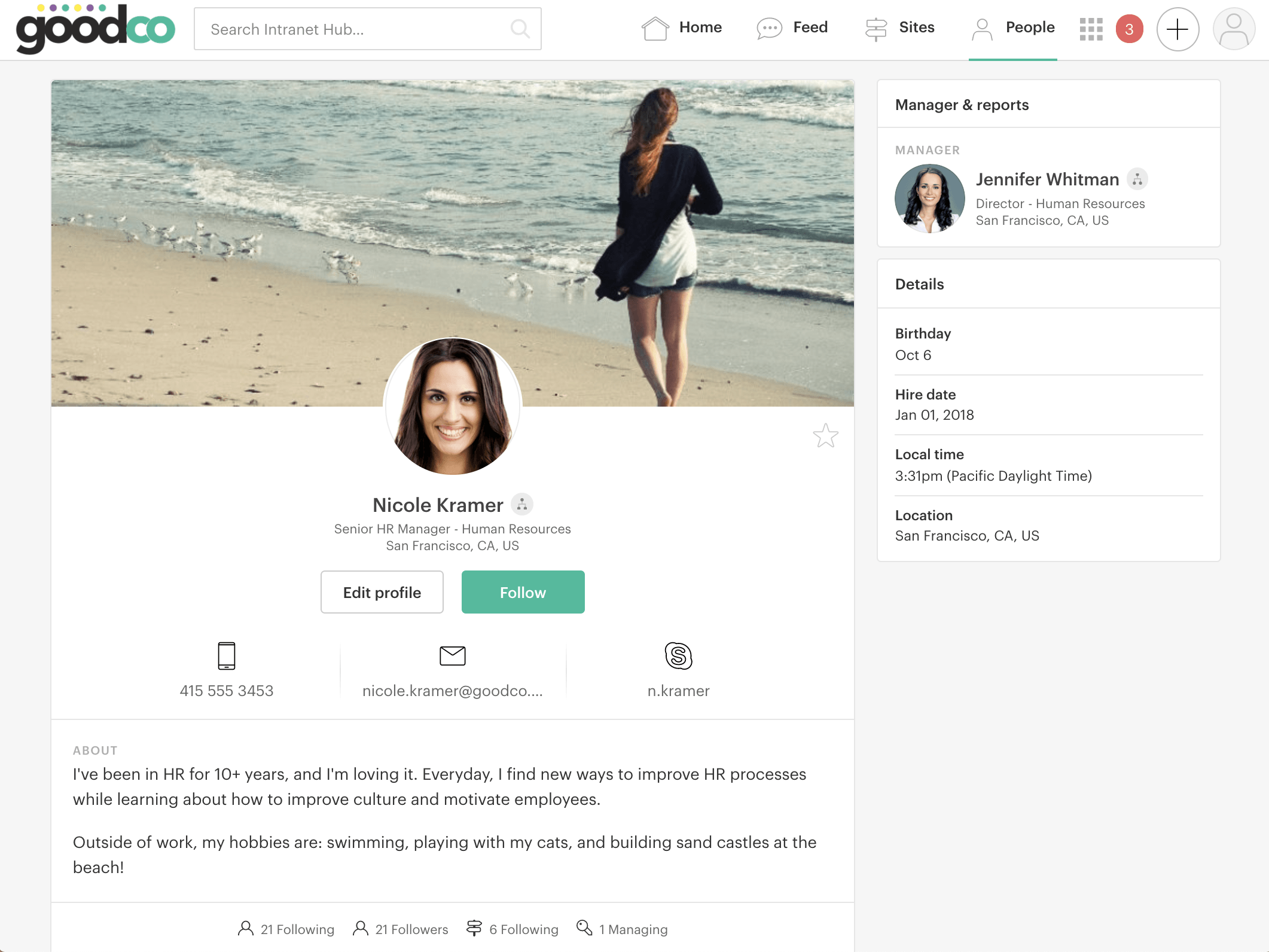
Many times, we struggle to find coworker contact information when we need to most. The intranet should be a place where you can find and connect with experts easily. To keep your people directory up-to-date, you can integrate your HR directory with your intranet, if it allows.
Intranet essential #13: Integrations with social and content management platforms
Social platforms are powerful for empowering employee advocacy and amplifying your brand’s messaging. Integrating with content management platforms like Office 365, Google Drive, or Box helps your organization search for files more efficiently, especially if teams use different content management systems.
Intranet essential #14: Primal need clickbait: Funny stuff, Lunch menus, train schedules, and holiday calendars
We’ve mentioned already in intranet essential #6, but we’ll mention it here again in a different context. These kinds of content are less critical for your organization, but posting light and engaging content that your employees will look for is effective for user retention, employee cohesion, and good ol’ stress relief.
Intranet essential #15: Affinity sites for people with shared interests
Make space for employees to connect over shared interests outside of work. Ideas we’ve seen from our customers include book clubs, employee pets, health and fitness, and philanthropy initiatives. Creating affinity sites helps bring employees together and strengthens culture.
Intranet essential #16: Spotlight for employee milestones
Last but not least, create a spotlight to highlight employee milestones. Employee milestones should be celebrated to foster company culture and make employees feel appreciated. Employee milestones can include work anniversaries, birthdays, achievements, project launches, and special announcements.
These are just the top 15 content areas we recommend for your intranet to keep your content useful and engaging for your employees. Don’t forget – keep these assets updated! And use analytics to guide what’s actually in demand.
Download The Definitive Intranet Content Playbook for 100+ content ideas
Simpplr put together a list of over 100 intranet content ideas that you can start adding to your editorial calendar today.
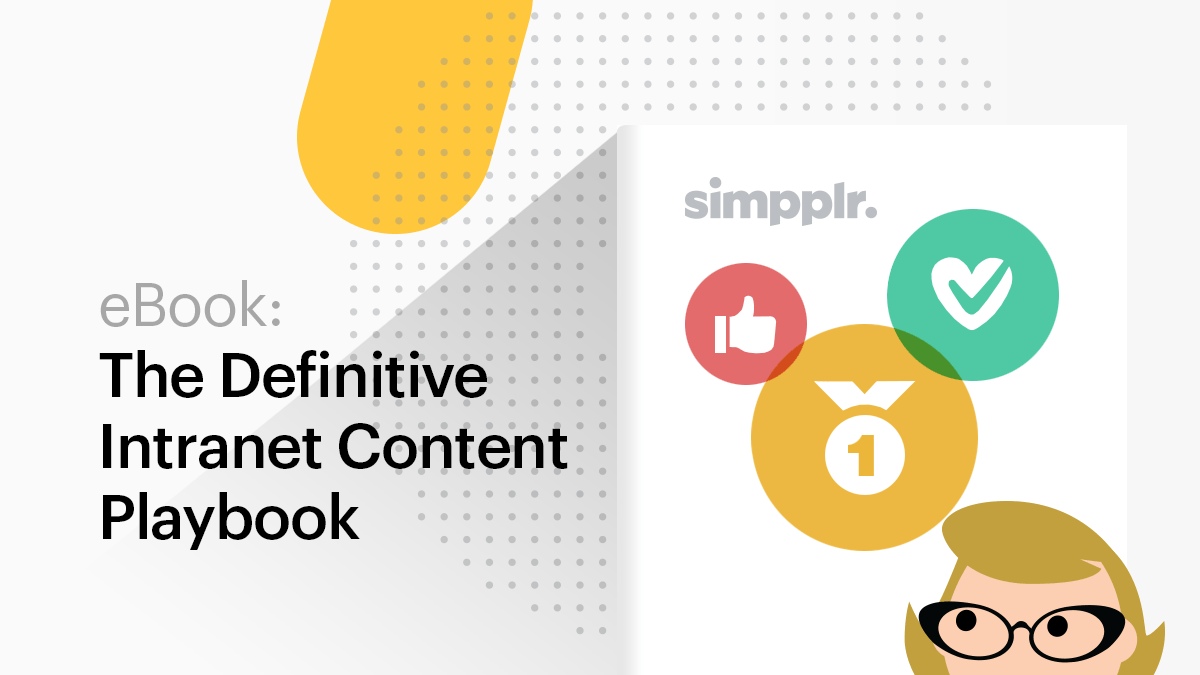
Keep your organization engaged! Check out our intranet content blog series:
Create a “person on the street” videos for engagement
Creating a roadmap for your humans of New York-style videos
Using the intranet for digital coffee breaks
Intranet content CEO playbook
Getting employees to complete their profiles
Intranet topics to engage employees for every month

